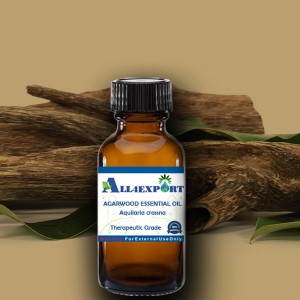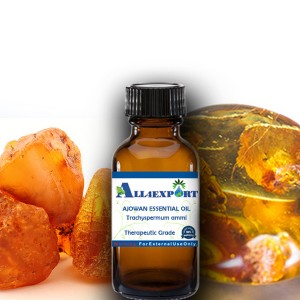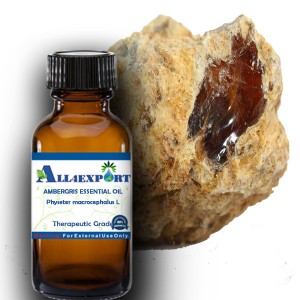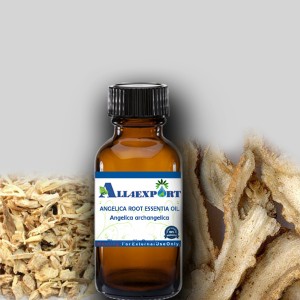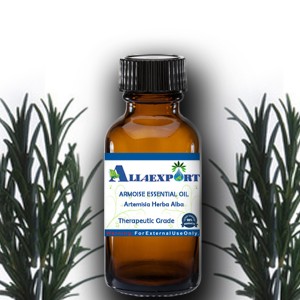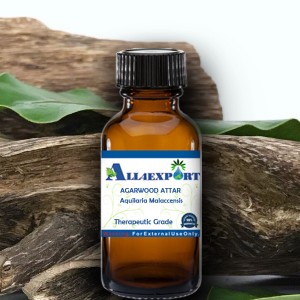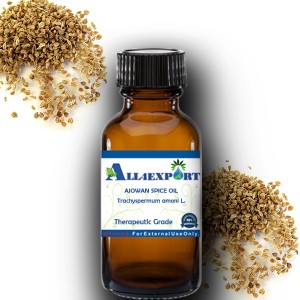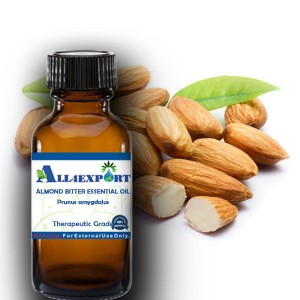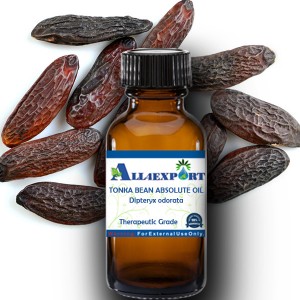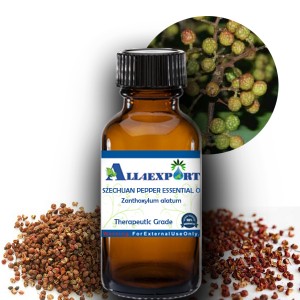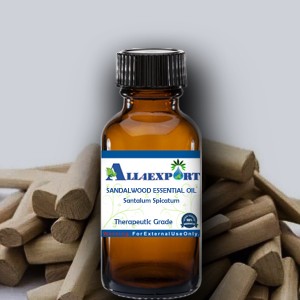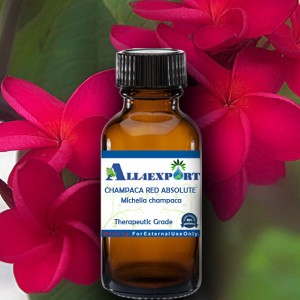| MUGWORT (Armoise) ESSENTIAL OIL |
Botanical Name | : | Artemisia vulgaris | Country of Origin | : | Morocco, France, Germany, India, China, Japan | Solubility | : | insoluble in water | Specific Gravity | : | 0.8786 to 0.9265 at 25C | Optical Rotation | : | [-] 13.25- [-] 29.35 at 25C | Refrective Index | : | 1.350 - 1.49 at 25C | Plant Part | : | Flowering plant. | Bland With | : | Cedar wood, lavandin, clary sage, oak moss, pine, patchouli, rosemary, sage. | CAS No | : | 8022-37-5 | Flash Point | : | >61°C | Extraction Method | : | Steam distilled. |
|
Description : Mugwort is one of several species in the genus Artemisia commonly known as Armoise, although Artemisia vulgaris is the species most often called mugwort.
|
Constituents : alpha thujone, cineole, beta thujone, camphene, camphone, camphor, linalool, thujone, 4-terpineole, borneol, alpha-cardinol and further mono- and sesquiterpenes. |
Uses : Mugwort Essential Oil is used to stimulate gastric juice and bile secretion. It is also used as a liver tonic; to promote circulation; and as a sedative. Other uses include treatment of hysteria, epilepsy, and convulsions in children. Women take mugwort for irregular periods and other menstrual problems.
|
Benefit : Mugwort Essential Oil can be benefited to its properties as an anti-epileptic, anti-hysteric, cordial, digestive, diuretic, emmenagogue, nervine, stimulant, uterine, and a vermifuge substance. Mugwort can be considered both famous and infamous. |
Caution Note: We recommend Keep out of the reach of children. Avoid contact with skin and eyes.
All of the information and opinions that are provided on this web site are for informational and educational purposes only. This information is not intended to replace medical advice given by a medical practitioner. Anyone considering alternative therapies should consult with their medical professional before using an alternative method of healing. We do not give nor is any opinion on our web site medical advice.
|








%20ESSENTIAL%20OIL/MUGWORT_(Armoise)_ESSENTIAL_OIL-600x600.jpg)
%20ESSENTIAL%20OIL/MUGWORT_(Armoise)_ESSENTIAL_OIL-300x300.jpg)
%20ESSENTIAL%20OIL/MUGWORT_(Armoise)_ESSENTIAL_OIL1-300x300.jpg)
%20ESSENTIAL%20OIL/MUGWORT_(Armoise)_ESSENTIAL_OIL2-300x300.jpg)
